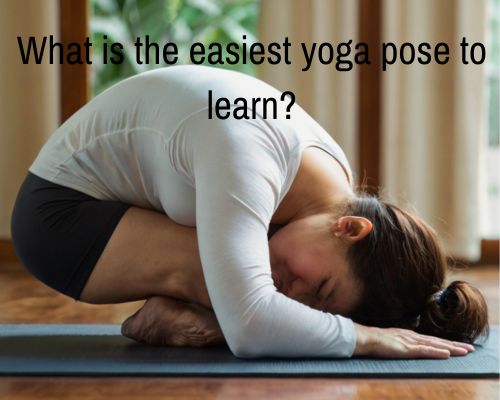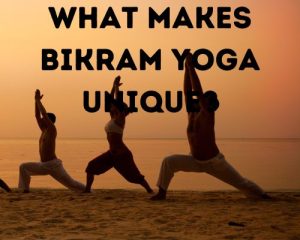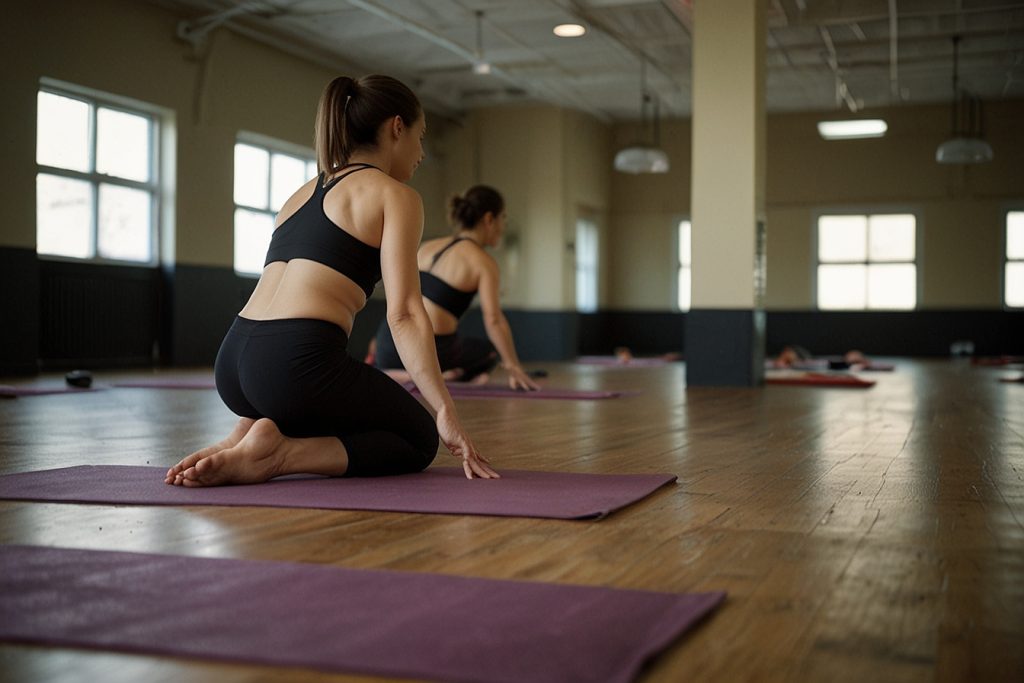In today’s fast-paced world, understanding the difference between physical fitness and wellness is crucial for anyone looking to improve their quality of life.
Physical fitness primarily focuses on your body’s ability to perform various physical tasks efficiently, encompassing strength, flexibility, endurance, and coordination.
In contrast, wellness goes beyond mere physical activity, representing a holistic approach that includes various aspects of your life, such as emotional, intellectual, and social health.
“When you prioritise physical fitness, you are targeting specific areas like cardiovascular health and muscular strength. This is vital for your body’s performance, but it doesn’t encompass the broader picture of wellness.” said Jane Benson from Bikram Yoga Mornington.
Embracing wellness not only enhances overall well-being but also contributes to sustaining a balanced lifestyle that addresses all facets of health.
Understanding Physical Fitness
Physical fitness is a vital element of a healthy lifestyle. It involves various components that improve your body’s ability to perform daily activities efficiently.
A well-rounded fitness routine enhances your cardiovascular health, muscular strength, and flexibility, contributing to longevity and reducing the risk of chronic diseases.
Components of Physical Fitness
Physical fitness encompasses several key components, each playing a crucial role in your overall health:
- Cardiovascular Endurance: This measures how effectively your heart and lungs supply oxygen during prolonged physical activity. Engaging in aerobic exercises like running or swimming improves this component.
- Muscular Strength and Endurance: Strength training increases your muscles’ ability to exert force, while endurance allows them to sustain repetitive movements. Incorporate weightlifting or resistance exercises to build these aspects.
- Flexibility: Achieved through activities like yoga or stretching, flexibility increases your range of motion, reducing injury risk and enhancing functional movements.
- Body Composition: This refers to the ratio of fat to lean mass in your body. A healthy composition aids in efficient body function and is influenced by diet and regular exercise.
The Role of Regular Exercise
Regular exercise is fundamental in maintaining and improving physical fitness. Engaging consistently in physical activity enhances each fitness component and promotes optimal health.
It helps regulate body weight, boosts mental health, and improves overall physiological function.
A balanced exercise routine includes aerobic activities, strength training, and flexibility exercises. These elements complement each other, fostering a well-rounded fitness regimen.
By setting clear fitness goals, you can tailor your exercise routine to suit your needs and track your progress over time.
Physical Health Benefits
Adopting an active lifestyle through consistent exercise provides numerous physical health benefits.
It supports cardiovascular health by lowering blood pressure and cholesterol levels, reducing the risk of heart disease.
Increased muscular strength and endurance enhance daily functionality and decrease injury chances.
Regular physical activity also aids in weight management and improves body composition, which are crucial for preventing chronic diseases like diabetes.
Furthermore, the combination of endurance, strength, and flexibility training is key to maintaining longevity and overall well-being.
Prioritising fitness can significantly enhance your quality of life by fostering resilience against the stresses of everyday life.
Exploring Wellness and Its Dimensions
Wellness encompasses various aspects of life that contribute to your overall well-being. It includes mental and emotional states, social connections, environmental influences, and lifestyle choices that work in harmony to improve quality of life. Let us have these with Jane Benson from Bikram Yoga Mornington.
Mental and Emotional Wellness
Maintaining mental and emotional balance is essential for a fulfilling life.
Mental wellness includes managing stress and achieving mental clarity, while emotional well-being involves understanding and expressing feelings appropriately.
Engaging in mindfulness, meditation, and stress management techniques can help improve your mental health.
By fostering healthy coping strategies and emotional intelligence, you cultivate resilience and a stable mental state, reducing the risk of burnout and enhancing life satisfaction.
The Importance of Nutrition and Sleep
Nutrition and sleep are foundational to maintaining wellness.
A balanced diet rich in nutrients supports both physical and mental well-being.
Consuming a healthy diet provides the energy and nutrients needed for your body and mind to function optimally.
Sleep, equally important, affects everything from cognitive function to mood.
Prioritising sufficient, quality sleep ensures recovery and invigorates your daily activities.
Together, good nutrition and sleep pave the way for a robust lifestyle.
Social and Environmental Aspects
Social and environmental wellness focus on your interactions and surroundings.
Social well-being relies on nurturing healthy relationships and maintaining regular social interactions.
Building a supportive network can provide comfort, enhance emotional resilience, and enrich your life.
Environmental wellness considers the impact of your surroundings on your health.
Being in a clean, safe environment positively influences stress levels and overall health, supporting your journey towards balanced well-being.
A Holistic Approach to Well-being
A holistic approach integrates all dimensions of wellness for comprehensive well-being. This requires an awareness of how each area—mental, physical, social, and environmental—interconnects and impacts the others.
Adopting holistic wellness practices encourages lifestyle choices that promote health in every aspect, leading to a balanced life and improved quality of life. Embracing spiritual and occupational wellness along with these dimensions further contributes to achieving a truly fulfilling and integrated lifestyle.






